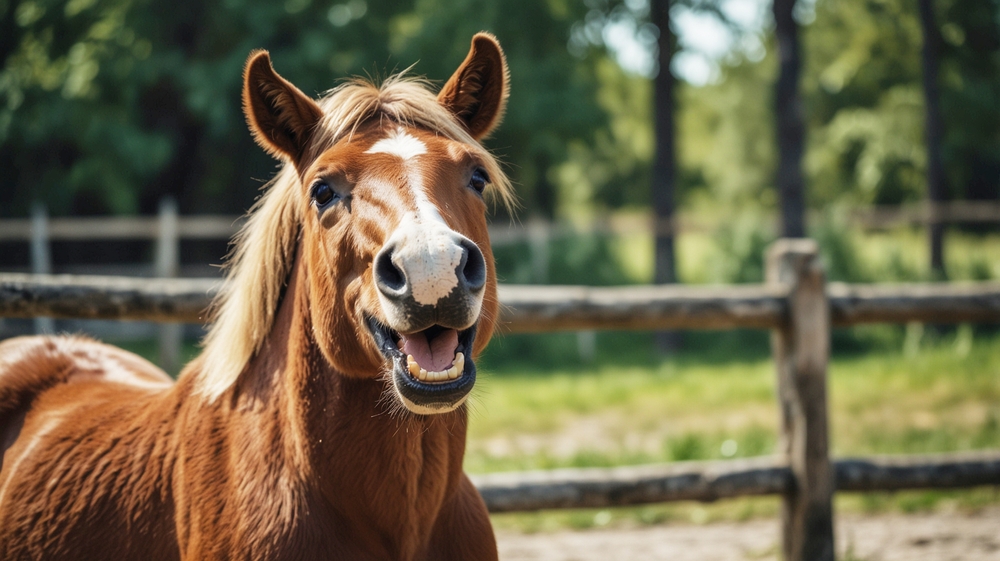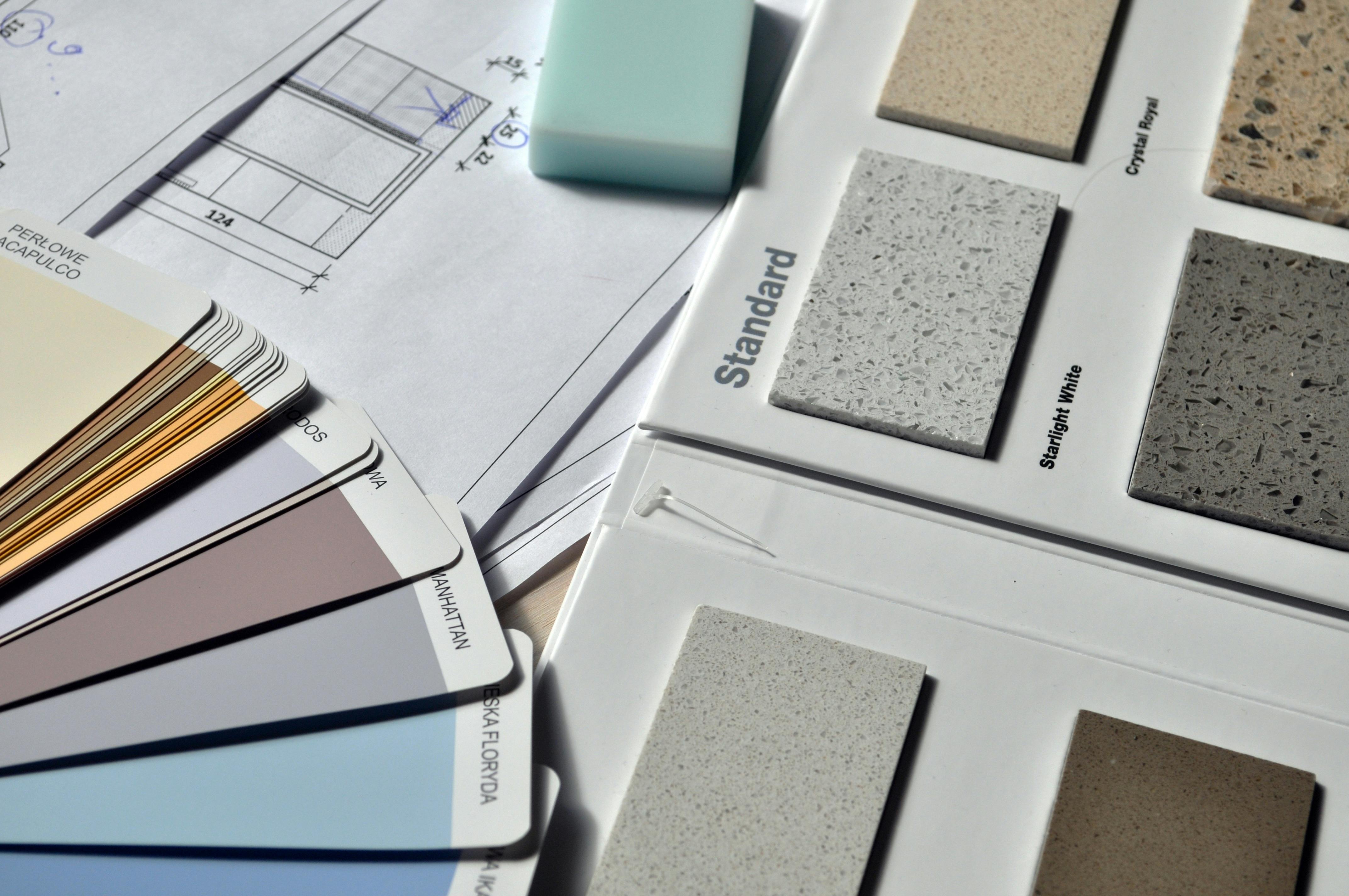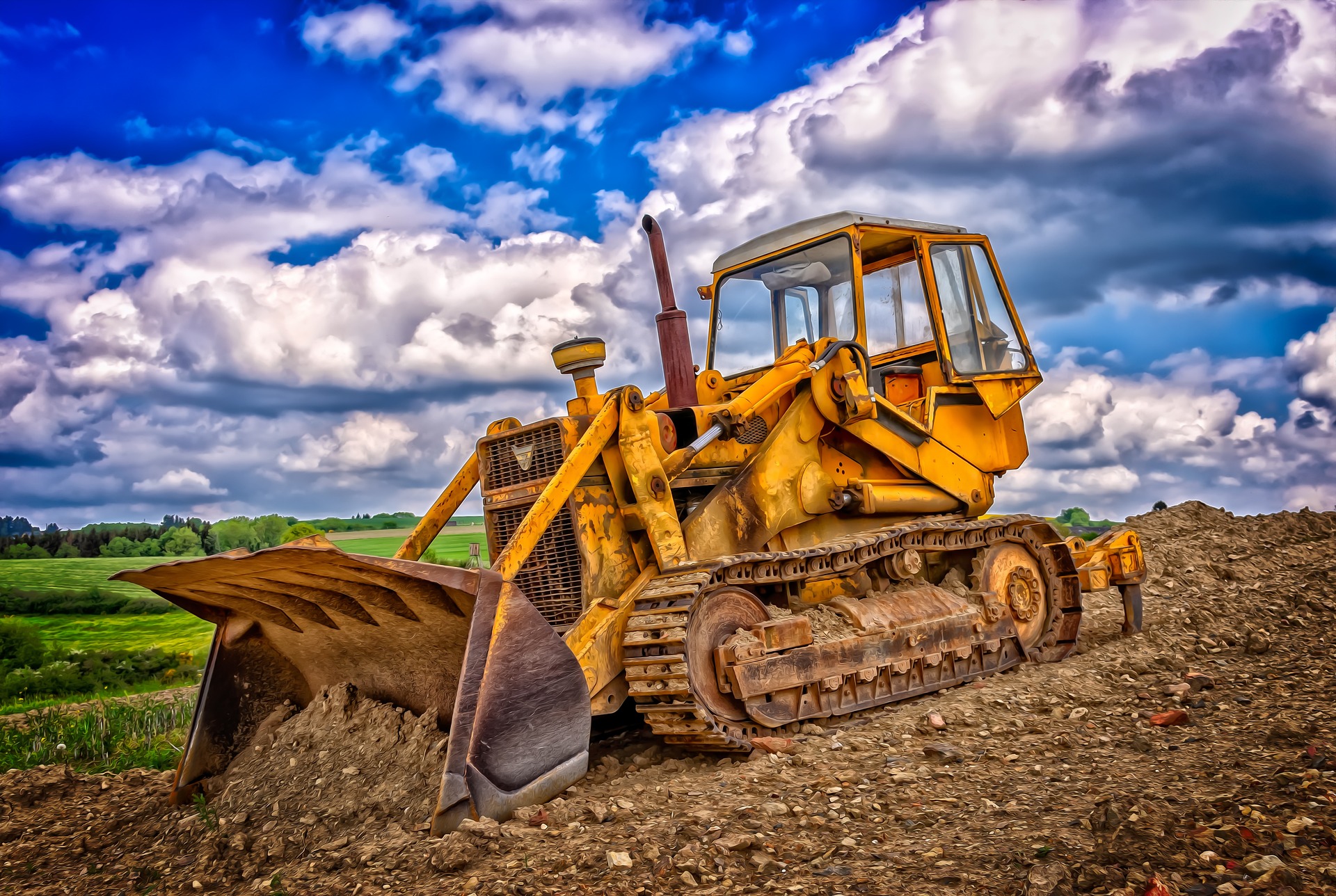How Run-In Sheds Provide Practical Shelter for Horses and Livestock
Run-in sheds offer open access shelter, giving horses and livestock protection from weather without the need for a full barn. Their design provides cost savings, flexibility, and durability. Learn why more farms and ranches are adopting them as practical solutions.

What Makes Run-In Sheds Ideal for Horse Protection?
Run-in sheds for horses have gained popularity among equine owners due to their practical design and animal-friendly features. Unlike enclosed stables that restrict movement, run-in sheds allow horses to enter and exit freely, accommodating their natural behaviors and instincts. This freedom of movement helps reduce stress and associated health problems that can develop when horses are confined.
The typical design includes three walls and a roof, with the open side strategically positioned away from prevailing winds. This configuration provides essential protection from the elements while ensuring adequate ventilation, which is crucial for respiratory health. The simple yet effective design makes run-in sheds particularly valuable for horses that prefer spending most of their time outdoors rather than being stabled, aligning with the growing recognition that horses often thrive with more natural living conditions than traditional stabling provides.
How Do Run-In Sheds Serve Various Livestock Shelter Solutions?
While commonly associated with horses, run-in sheds offer versatile livestock shelter solutions for various farm animals. Cattle, sheep, goats, and other livestock benefit from these structures, which provide essential protection without the constraints of fully enclosed buildings. The adaptable design allows farmers to customize dimensions and features based on specific animal needs.
For cattle, larger and more robust sheds may be necessary, while smaller ruminants like sheep and goats might benefit from lower-height structures with additional partitions. Multi-compartment run-in sheds can serve different animal groups simultaneously, making them particularly valuable for diversified farming operations. The accessibility of these shelters also facilitates easier animal monitoring and health checks compared to more enclosed structures, while still providing essential protection from extreme temperatures, precipitation, and harsh sunlight—all critical factors in maintaining livestock health and productivity.
What Cost Savings Do These Farm Structures Offer?
Run-in sheds represent significant cost saving farm structures when compared to traditional barns or enclosed shelters. The simplified design with fewer materials and less complex construction translates to substantially lower initial building costs. Depending on size, materials, and location, a basic run-in shed can cost 50-75% less than a comparably sized enclosed barn structure.
Beyond construction expenses, run-in sheds continue to deliver economic benefits through reduced maintenance requirements. With fewer moving parts like doors and windows, and simpler overall designs, these structures typically require less upkeep and fewer repairs. Additionally, run-in sheds generally don’t need complex electrical systems or extensive plumbing, further reducing both installation and ongoing operational costs. For farmers looking to optimize their budget while still providing adequate animal shelter, run-in sheds represent a pragmatic compromise between animal welfare and financial responsibility.
What Design Elements Create Practical Equine Housing?
Creating effective practical equine housing through run-in sheds requires thoughtful design considerations that balance horse comfort, safety, and structural durability. The standard dimensions for a two-horse run-in shed typically start around 12 x 24 feet, providing sufficient space for horses to move comfortably without crowding. Ceiling height should allow horses to raise their heads naturally, generally requiring at least 10-12 feet of clearance.
Strategic positioning is equally important—sheds should be oriented with the open side facing away from prevailing winds and severe weather patterns. This orientation helps prevent rain, snow, and cold winds from entering while maintaining ventilation. The flooring deserves careful consideration, with options ranging from well-drained soil or sand to rubber mats over crushed stone or concrete. Some designs incorporate a slight slope in the flooring to improve drainage and keep the interior dry. Additional features like kick boards along interior walls, rounded corners to prevent injuries, and overhanging roofs that extend beyond the entrance can significantly enhance functionality and safety for equine residents.
How Do Materials Affect Durability in Outdoor Sheds for Farms?
The selection of appropriate materials directly impacts the longevity and performance of durable outdoor sheds for farms. For framing, pressure-treated lumber offers good resistance to moisture and insects, while steel framing provides superior strength for larger structures that need to withstand heavy snow loads or high winds. Some premium constructions employ a combination of both materials to maximize benefits.
Exterior siding options typically include treated wood, metal panels, or engineered wood products. Metal siding offers excellent weather resistance and minimal maintenance but may create more interior noise during rainfall. Wood siding provides better insulation properties but requires regular maintenance to prevent rot and deterioration. For roofing, metal panels have become increasingly popular due to their long lifespan (often 40+ years), excellent watershed capabilities, and resistance to wind damage. Asphalt shingles present a more economical option but typically need replacement after 15-20 years. The foundation system also contributes significantly to durability, with options ranging from simple skid foundations for smaller portable sheds to concrete piers or full concrete slabs for permanent, larger structures intended to house multiple animals.
What Are the Real Costs of Run-In Shed Construction and Maintenance?
The financial investment required for run-in sheds varies considerably based on size, materials, location, and whether the construction is professional or DIY. Understanding these cost factors helps farm owners budget appropriately for these essential structures.
| Run-In Shed Type | Average Construction Cost | Expected Lifespan | Annual Maintenance Cost |
|---|---|---|---|
| Basic Wood (DIY) | $1,500 - $3,000 | 10-15 years | $100 - $250 |
| Professional Wood | $3,000 - $6,000 | 15-20 years | $150 - $300 |
| Metal Frame/Siding | $4,500 - $8,000 | 20-30 years | $75 - $200 |
| Modular/Prefabricated | $3,000 - $7,500 | 15-25 years | $100 - $250 |
| Premium Custom | $8,000 - $15,000+ | 25-40+ years | $150 - $350 |
Prices, rates, or cost estimates mentioned in this article are based on the latest available information but may change over time. Independent research is advised before making financial decisions.
Beyond initial construction, ongoing maintenance represents a critical consideration. Annual maintenance typically includes roof inspections, replacing damaged boards or panels, treating wood to prevent rot and insect damage, and maintaining proper drainage around the structure. The foundation type also affects long-term costs, with skid foundations requiring occasional releveling, while permanent foundations like concrete may have higher upfront costs but lower maintenance requirements over time. Labor costs vary significantly by region, with rural areas generally offering more competitive rates compared to farms near urban centers. Many horse owners find that learning basic maintenance skills can substantially reduce these ongoing expenses.
Conclusion
Run-in sheds represent a practical, cost-effective shelter solution for horses and livestock that balances animal welfare with economic considerations. Their simple yet functional design provides essential protection from the elements while allowing animals the freedom to move naturally between shelter and pasture. Though requiring thoughtful planning regarding location, orientation, size, and materials, these structures offer significant advantages over more complex and expensive enclosed barns for many farming operations. Whether serving a small hobby farm or a large commercial operation, properly designed and constructed run-in sheds deliver tangible benefits through reduced construction costs, lower maintenance requirements, and improved animal well-being.




